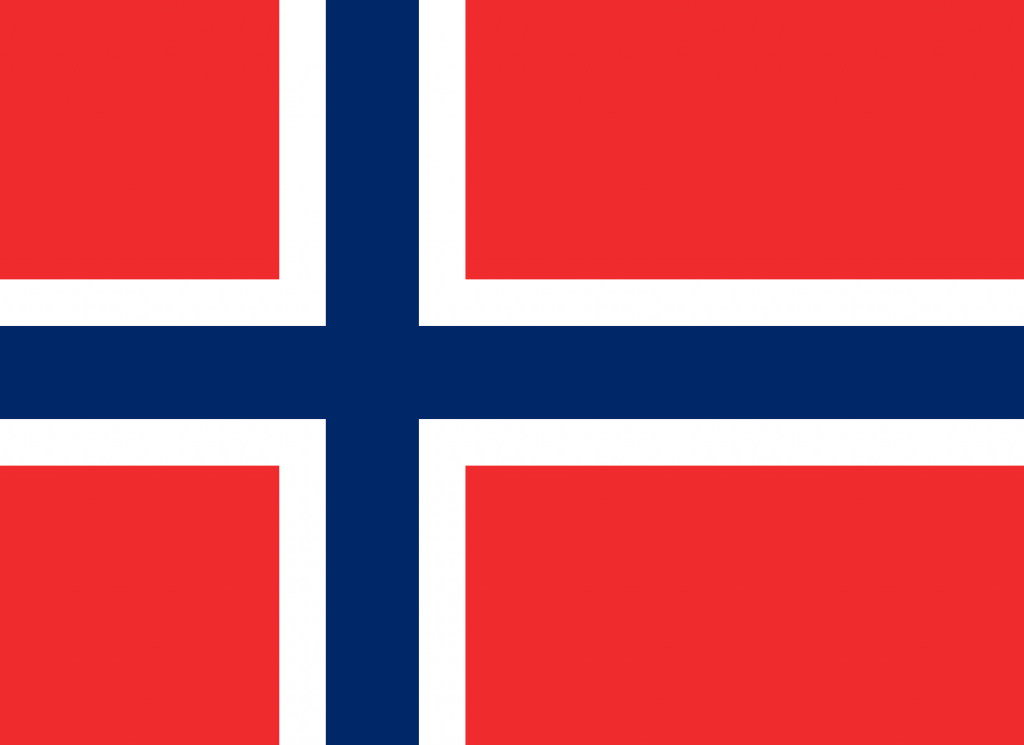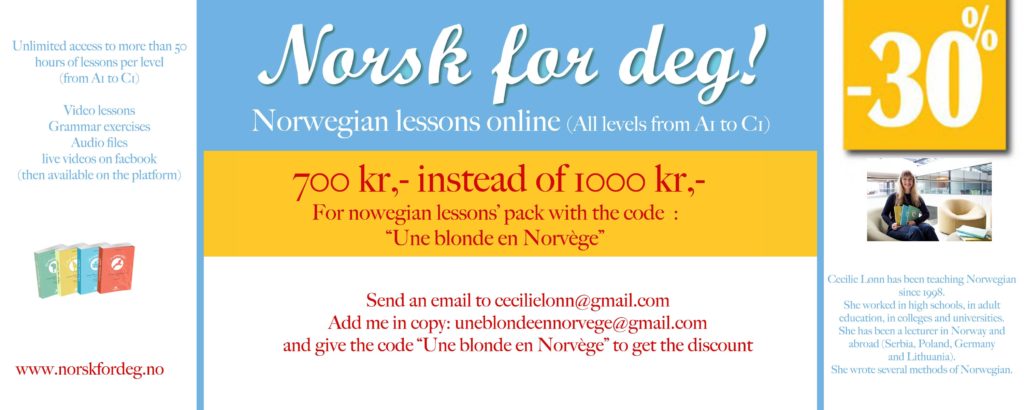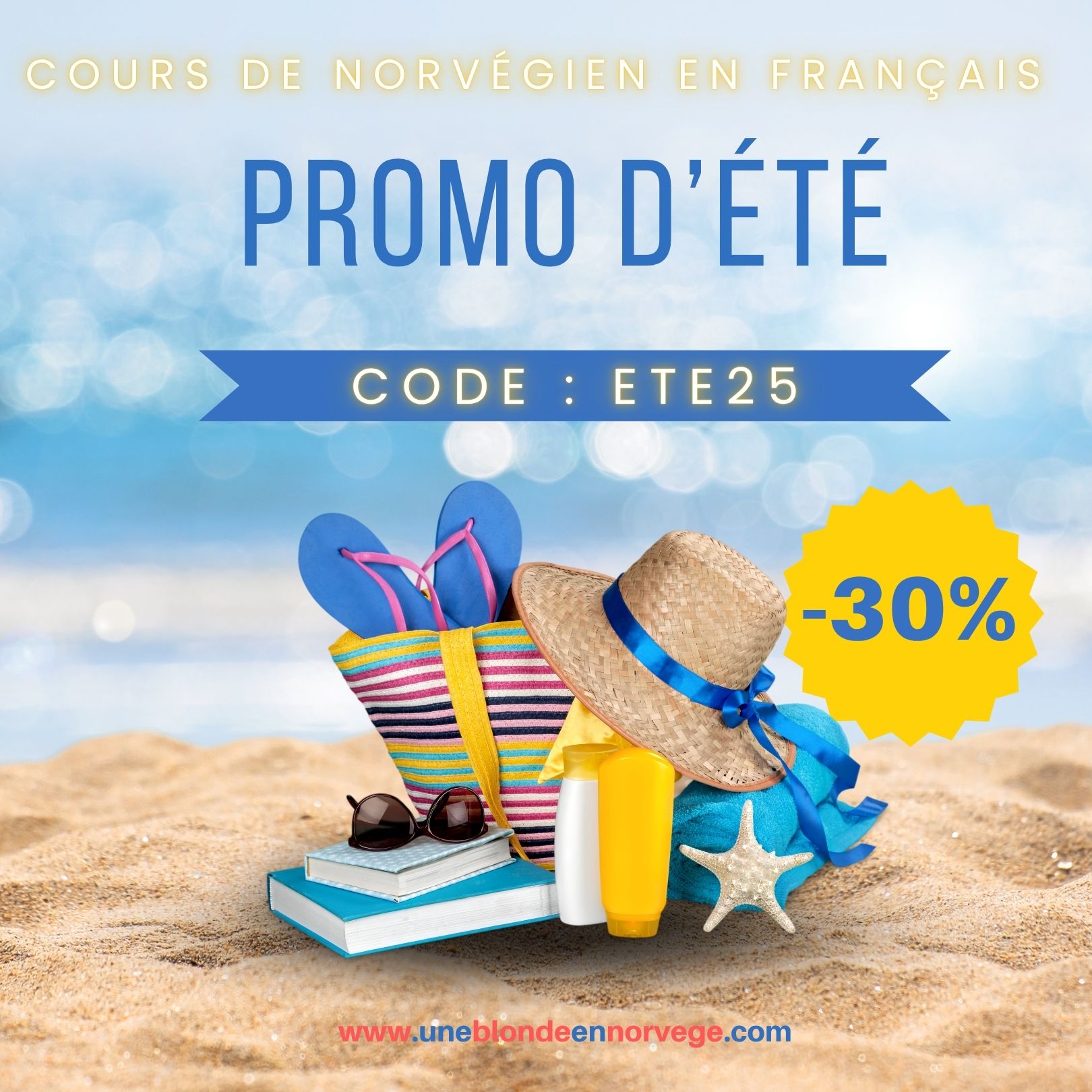- Séjour sur mesure
- Ebook
- Apprendre le norvégien
- Être entrepreneur
- Consulting
- Guides gratuits
- Tourisme
- Péages et ferries en Norvège
- Consulting : conseils pour organiser votre voyage
- Préparer son voyage en Norvège
- Parlez quelques mots de norvégien lors de votre voyage
- 10 lieux à visiter à quelques heures d’Oslo
- Infos pratiques
- Le climat
- Venir en Norvège en voiture
- L’hiver en Norvège
- Activités à Tromsø
- Toute la Norvège
- Scandinavie
- Oslo
- Vestfold og Telemark
- Agder
- Vestland
- Innlandet
- Intégration
- Infos
- Podcast
- Youtube
- Articles
- Boutiques
- Panier
Learn norwegian
The advice I give in this article has allowed me to reach B2 level in over 3 years without taking any lessons.
It’s long but it works !
I’m only starting classes now to go faster and try to reach C1 level within 1 year, I’ll tell you if I get there !
Learning norwegian can be long and expensive so I tried 3 different schools and you have discount with thoses codes :
Note.no by Karense with her Youtube channel and her podcast – you have – 10% by using the code : « blonde10 »
🇳🇴
Norsk for deg de Cecillia Lønn – You have – 30% by using the code : « Une blonde en Norvège »
🇳🇴
Speak Norsk – You have – 5% by using the code: « ANNE5 »
30 % discount for Norwegian lessons
Send an email to cecilielonn@gmail.com
Add me in copy: uneblondeennorvege@gmail.com
and give the code “Une blonde en Norvège” to get the discount
Here is what a lesson on « Norsk for Deg » looks like :
More than 180 hours for only 130 kr / month if you become a member
Between 50 and 80 hours on each lesson pack that you pay 700kr instead of 3000 kr with the code « Une blond en Norvège »
Language
The Norwegian alphabet has 29 letters, 3 vowels more than in French: the « æ », « å » and « ø ».
There are approximately 300,000 words in Norwegian (270,000 in French and 500,000 in English).
Pronunciation of the « æ », « å » and « ø » :
The « o » are pronounced [o] before two consonants and [u] or [or] before a consonant, the « e » are pronounced [a], some « y » are pronounced [or] also.
Sometimes we do not pronounce certain consonants in the middle or end of a word.
Some difficulties then !
3 official languages: Bokmål, Nynorsk and Sami.
Bokmål and Nynorsk are written languages officially used by government, schools, church, radio and television.
Books, magazines and newspapers are published in both languages.
Locals decide which language will be taught in the schools to which they send their children. Officially, the language taught is called the Bokmål and the other, Nynorsk.
Students also read texts in Nynorsk in high schools, they must be able to write it since officials must be able to write a response to a letter in the language used by the correspondent.
Sami languages:
Several Sami languages are spoken and written all over Norway by the Saami.
The Sami population is estimated to be around 100,000 people, of whom 40,000 live in Norway.
The Sami languages are made up of several dialects which are not understood by all Sami people.
The state recognizes these languages as official, and Norwegians have the right to have Sami language education anywhere in the country.
History
Norway was in union with Denmark from 1380 to 1814. Norwegians who knew how to write did so in Danish and gradually the written Norwegian language disappeared.
In 1814, Norway adopted a constitution and the union with Denmark ended.
Norway was merged with Sweden, but Danish remained the written language. In many cities the spoken language was quite close to Danish, while people who lived in the countryside generally spoke different Norwegian dialects.
In the 19th century, many believed that Norway should have its own written language.
Two linguists really marked the evolution of the language.
Ivar Aasen (1813-1896) traveled throughout Norway to listen to the different dialects. Borrowing a little from each dialect, he created what is now known as Nynorsk.
Knut Knudsen (1812-1895) wanted to make the Danish written language more Norwegian.
it evolved to become what today is called bokmål.
Today, Bokmål and Nynorsk are two separate languages and all Norwegian pupils must learn to read and write in both languages.
Geographically, Bokmål is more widespread in southern and eastern Norway, while Nynorsk is more common in the western mountains and in the north.
Norwegian is very similar to other Scandinavian languages, particularly Swedish and Danish. These three languages are mutually understandable.
The main language:
More than 80% of Norwegian children have Bokmål as their main language, between 16 and 17% have Nynorsk. All cities have Bokmål as their main language, the same is true for areas with a fairly high population density, such as around the Oslo fjord and in the low country of the Østlandet region. Nynorsk dominates in settlements along the west coast fjords and mountain villages in the interior of the country. The rules concerning the choice of the language taught are laid down by law.
The percentage distribution of languages in schools has remained relatively stable over the past 15 or 20 years, but that does not mean that there is peace and harmony. Taking into account the balance of power that exists between the two languages, as the quoted percentage expresses it, it is obvious that bokmål dominates, which it has always done. Major newspapers, magazines and everyday literature are dominated by Bokmål and since it is the language taught in cities and most industrial areas, Bokmål is also dominant in business and advertising.
Dialects:
Although Bokmål and Nynorsk are the languages of writing, most speak one or more dialects in everyday life which may differ greatly from these.
A dialect is not just an accent it’s different vocabulary words.
They are generally divided into five main groups: Northern Norwegian (nordnorsk), Trøndelag Norwegian (trøndersk), Interior Norwegian (innlandsmål), West and South Norwegian (vestnorsk), and East Norwegian (østnorsk).
I can tell you that these dialects are hell in learning Norwegian, even Norwegians among themselves do not understand each other depending on the region.
Sometimes on TV certain dialects are subtitled because they are so difficult to understand.
Tonal language:
Norwegian has a tone system that plays a distinctive role in many words.
there are accents of type 1 (´) characterized by a rise and type 2 (`) by a tone either descending or descending-ascending.
The tones allow the semantic distinction of phonetically identical words like: tan´ken (the cistern) and tan`ken (the idea).
With differences between singulars and plurals, substantives ….. in short, it’s not easy!
Learning
The great thing about moving in Norway is that everyone is fluent in English.
And when I say everyone, it’s everyone!
We spoke English with little grannies in the depths of Norway on an island off Tromsø 350 km north of the Arctic Circle !! So it’s great to do all the paperwork.
Even though I had started to learn a bit of Norwegian before I left I didn’t feel comfortable enough to open my bank account in norwegian, so english is a must at first and Norwegians love to speak english… so we spoke english with everyone and also with our friends… ..yes yes we made a lot of friends very quickly in Norway.
I will come back to this later in the article, except that …
When it comes to looking for work, that is where the problem arises.
Once again, I am telling you about my experience and I am not saying that it is the same situation everywhere in Norway and for everybody.
When I arrived in Norway, I had a lot of things to do to launch my 2 activities, I had to start the process, do all the communication, the procedures … it took me 100% of my time and I’ve never taken norwegian course but after 3 years here, I wasn’t speaking very well so I said to myself… what can I do to improve?
My problem as a Freelancer is that I don’t have a colleague to talk to, I can’t hear norwegian on a daily basis because I work from home and my boyfriend is French.
We speak norwegian among us to improve but nobody corrects us so we don’t improve.
So I was like, well we’re lucky to have a lot of friends so we will norwegian with them now !
We have digital TV and we watch norwegian or english programs with norwegian subtitles.
I read a lot too, I borrow books from the library.
I started with children’s books 3-5 years old !! basically just pictures with the names but it’s great for learning vocabulary.
And I was increasing the level as I went, now I can read normal novels.
I also listen to the radio, you don’t necessarily think about it, but radio presenters don’t talk like people on TV or in real life.
They articulate more and have a clearer and understandable voice.
Also, I offered to some friends to give them singing lessons for free but in Norwegian if they helped me develop my vocabulary, I ask them questions in english, and we continue in Norwegian.
I also improved a lot when I met Ingjerd. A friend in Tønsberg.
She is Norwegian and a French teacher but was looking for someone to practice her French to improve.
So we met to do « exchanges language » we spoke a little french, I corrected her and taught her words and expressions and we did the same in norwegian afterwards.
We became really friends afterwards and we see each other a lot so that really made me progress.
Thank you Ingjerd !!!
In Oslo there are « language exchange » , « språkkaffe »groups and it’s really great, I recommend it to practice. Unfortunately, in Tønsberg there were none.
So I created the group « Frankofile i Vestfold » and we meet once a month to speak Norwegian and French.
How long to learn norwegian ?
One of the most common questions is: how long does it take to learn Norwegian?
Impossible to answer this question! Time depends on so many factors. It’s very personal and it depends on each person’s profile.
For those who take courses, as a general rule the first year we understand well but we have difficulty speaking.
The second year we start talking even if it’s difficult, we make mistakes but that’s okay, we move forward.
And from the third year you start to feel a little more comfortable!
We don’t all have the same learning abilities so this time is really very personal. Some have lived in Norway for more than 10 years and do not speak all or very little and some are doing really well after 2 years!
What is certain is that you will not be speaking Norwegian fluently in 3 months.
But if you work regularly you will get there !
It’s long and it can be discouraging, but in the end we all get there so don’t be discouraged!
Methods / Links
Methods :
The one that I recommend the most to you is the « På Vei », the progression is good and we advance quite quickly without having to worry.
I have used it a lot. There is a lesson book, a workbook and CDs for the audio lessons.
There is also a website with quite complementary online exercises.
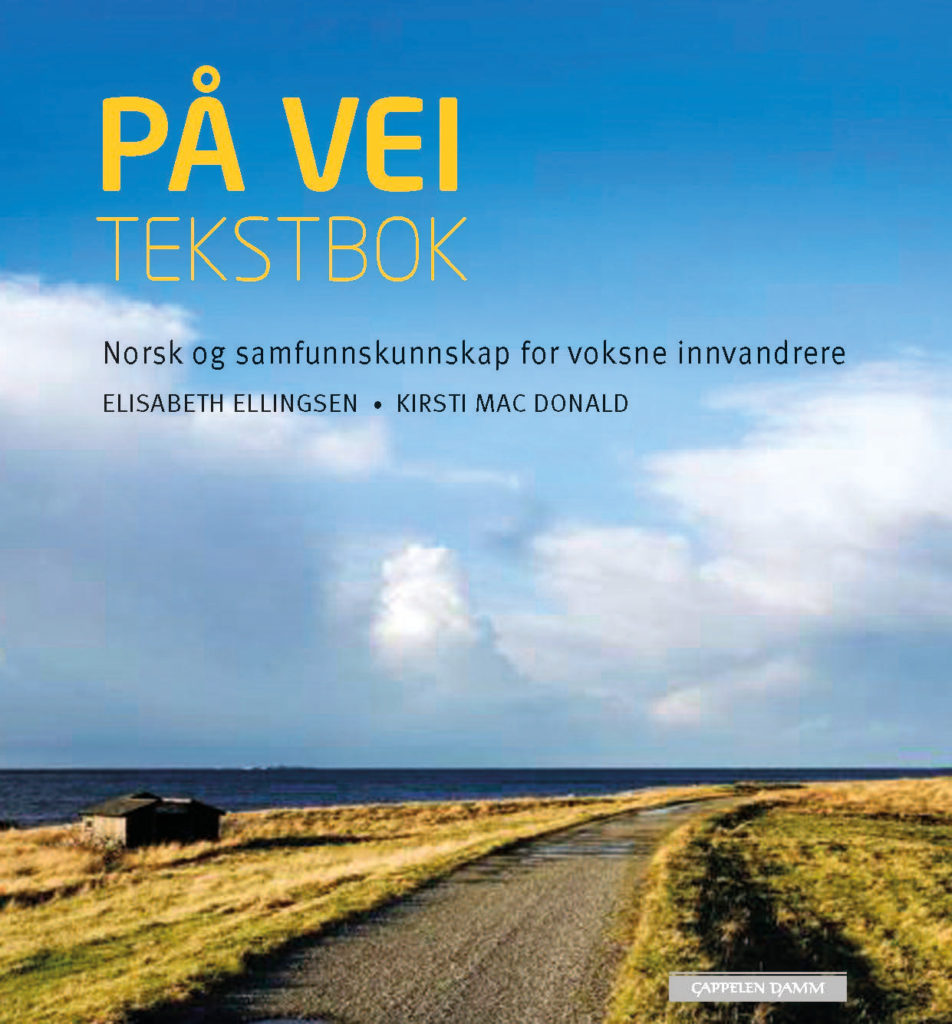
I started with the Assimil Method because it is the best known but I didn’t like it at all.
The progression is not logical and the vocabulary is not the language of everyday life, I found it quite useless.
The method of learning English is really good, English at business level is also very good, but that of Norwegian is not well done, I think.
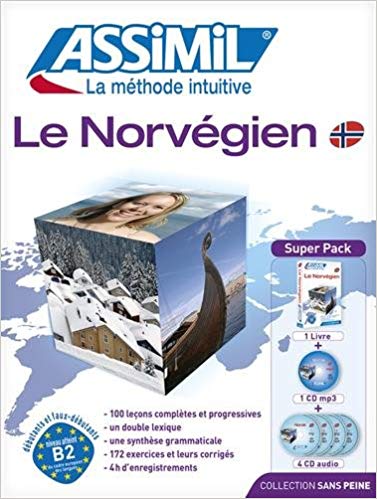
I really liked this method with lots of grammar and vocabulary info.
The progression is fast as there are not many lessons so it is good for the already a little average levels but not for the great beginners.
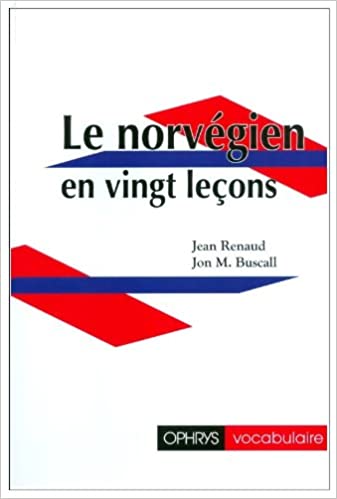
The « Ny i Norge » is also great, I used it less because I was focused on the « På vei ».
There is also a website.
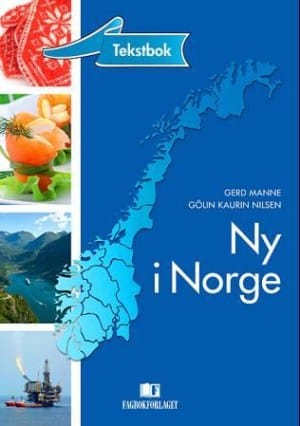
The « Stein på stein » is also greatbut a little more « oldies » in its approach.
You can find also a website.

Website and app :
I used a lot : norwegianclass101.com
These are downloadable podcast with the transcriptions in PDF, I listened to the lessons in the metro in Paris before moving to Norway, it gave me some interesting basics.
The explanations are in English.
You have to pay $ 1 to download everything, I highly recommend it, there are plenty of different themes.
——————————–
I watched a lot: Youtube chanel : Norsklærer Karense
She is a Norwegian teacher for foreigners and suddenly she knows the mistakes that we do the most and all these videos are very useful.
Sha has a school with online lessons : Note.no
There is a also a facebook group where you can ask her questions.
——————————–
Lær Norsk Nå : podcast and website to learn Norwegian
——————————–
Listen to podcast:
This is the app I use: Podcast tracker (Free)
Here are those I recommand:
Norsklærer Karense
Norskpodden
Lær Norsk Nå!
Norsk for Beginners
Språktalk
Practice Norwegian
Klar Tale
Smartere på 10 minutter
I also listen to:
Frilanslivet, Kortslutning, fotopodden, klar Tale, Tore Sagens Podkast, Teknisk Sett, Abels Tårn, Progamme B, Sånn er du, Versens gang and oppdatert.
The big advantage of this App is that you can adjust the audio playback speed and slow down speech without distorting voices!
——————————–
I also recommend downloading the NRK app, you can watch all programs with subtitles or view the site directly online.
You can also listen to NRK radio.
——————————–
Netflix has helped me a lot too!
If this is true, it’s not just an excuse to watch more series!
Netflix geolocates you so if you are in Norway with a Norwegian account you will only have the choice between Norwegian and English for audio and subtitles.
If you switch your account to French, French subtitles and audio will be available.
So I alternate between audio in Norwegian for Nordic series with French or English subtitles or audio in French or English with Norwegian subtitles.
——————————–
The « Duo Linguo » application is good for very beginners.
If you already have a small level, no interest, this is really to start.
——————————–
And it worked, I’m not fluent yet, I have an advanced level (B2 on the way to C1)
But that was enough to find work.
I was finally able to work on TV.
I am a cameraman / video editor and photographer
It took me almost 4 years but I’m finally working for TV productions in Oslo and Telemark, Strix (Farmen) and NRK.
——————————-
Other links :
Karense podcast
Klar Tale : newspaper easy to read, also a website and a podcast with the newspaper read.
TV serie with subtitles : Sånn er Norge
Website with grammar exercices : yrkesnorsk
Articles to read: Lesnorsk
Simple Norwegian
——————————-
Free audiobook:
A lot of famous norwegian books for free : Lydbok online.no
And also on : NLB, the application is featured in Norwegian libraries.
Did you know that Norwegian libraries are national and free? So you can take books in one city and return them to another!
You have a much wider choice and above all, the books in the libraries rotate so you find different things every time!
In each library there are english books!
There are also methods to learn Norwegian and some are in english!
——————————-
Free PDF to download :
List of cases for using Til or for
List of verbs (1130 verbs on 31 pages) with English translations from A to Å (translation from A to Z) 🙂
A PDF with the basics of grammar sur « Norsk for innvandrere«
Liste de 238 verbes with English translations
Uregelrette verb og Regelrette verb
——————————-
Online course :
I am currently taking online courses via the platform: Norsk For Deg
This is the most flexible and cheapest formula I have found and it is the one that suits me the best.
30% discount for Norwegian courses.
Send an email to cecilielonn@gmail.com with a copy of me: uneblondeennorvege@gmail.com
and give the code “A blonde in Norway” to benefit from the reduction
Advice
Dare
Norwegians are very tolerant and very patient. Speaking Norwegian with my friends played a big part in my learning.
Even if at the beginning I only started the evening in Norwegian before switching back to English.
Then they told me, ok maybe you won’t understand everything but that’s how you will progress now: everything in Norwegian! and they were right!
They made an effort to speak a little more slowly and it worked.
At first I was ashamed because I thought I had too much french accent and I thought I was being ridiculous.
I sincerely asked friends and they told me that I was not at all ridiculous, that they would rather me try even with my accent than to stay in english!
Practice
Norwegians prefer you to try and make mistakes rather than speak English when you could say a few words in Norwegian.
So don’t hesitate to practice with your friends and in everyday life, that’s really how it works.
Even if at the beginning you will hear a lot:
– « Hva sa du »? (What did you say?)
and
– « Hvor kommer du fra »? (Where do you come from?)
Listen
As I said above, listening to the radio, podcasts helps a lot because unconsciously you will become familiar with the language and you will integrate the new words better afterwards.
This is the problem with the Norwegian language in fact, we are not confronted with it in everyday life.
Listening to music in Norwegian also helped me a lot as well as audio books.
Read
2 possible reading modes:
– Reading « work mode » mode so we take our vocabulary notebook, our pen and our translator and we stop at each unknown word.
Possible with a newspaper or with articles on the internet.
I recommend that you do this on fairly short texts, like news or cultural articles, I did it a lot with NRK news articles.
Because even if we are not a fan of the media, what is said and written in the newspapers and the media is the language of everyday life and you will often read the same words.
– Reading in « leisure mode » so we don’t stop when we don’t understand a word, we go on and try to understand it with the context.
You can start with children’s books and increase the age levels as you go.
Libraries are free in Norway and you can take books from one library and return them to another!
It is also interesting to work your vocabulary by lexical fields, take one that interests you and look for all the possible words on this topic and translate them.
Many learning methods use this system.
The problem is that it’s a bit « brain stuffing ».
It’s a bit boring at first but we have to go through it!
Regularity
When you learn a new language, at the beginning there is no secret you have to learn vocabulary by heart.
Give yourself a simple, achievable goal and try to stick to it.
For example, learning 10 new words every day.
I started with a vocabulary notebook in which I wrote everything down, and regularly reread everything.
It is also a way of tracking your improvement, we say to ourselves: « yes, it’s good, that I know … » it’s a good sign!
Patience
Like all learning process, whether it is a language or something else, it does not happen overnight.
We must therefore be patient and especially not be discouraged.
This is also why it is super important to practice and talk with people because they are the ones who will tell you that you improved a lot and that is the thing that boost the most .
While we have the impression of not moving forward, when others notice the difference, it is the greatest compliment and we can communicate better and better.
Step by step, slowly !
I’ve been told many times … your Norwegian learning will be going very well when you start dreaming in Norwegian!
It’s done but I am still learning and I never tire of learning new words or expressions of this language which I find very beautiful.
And I still struggle with the dialect of some of my colleagues but that …. I believe that will always be the case!
Get familiar with the dialects
One of the biggest difficulties of the language is the different dialects, the comfort and understanding of the language changes a lot.
A good way to listen to the different dialects is to watch the local news from the different districts (distriktsnyheter) every morning on NRK 1 or on the internet.
I recommend the book « Perler for svin ».
Norwegians use a lot of expressions.
Besides, some are the exact translation.
But when you get to a certain level of norwegian, it’s important to know some of the most commonly used ones because you won’t understand anything if you hear a phrase and look for the meaning word for word.
If your interlocutors see that you are a little dubious, they will tell you that it is an expression but hey there is always this embarrassing little side: « Ah ok, I didn’t understand » … oops.
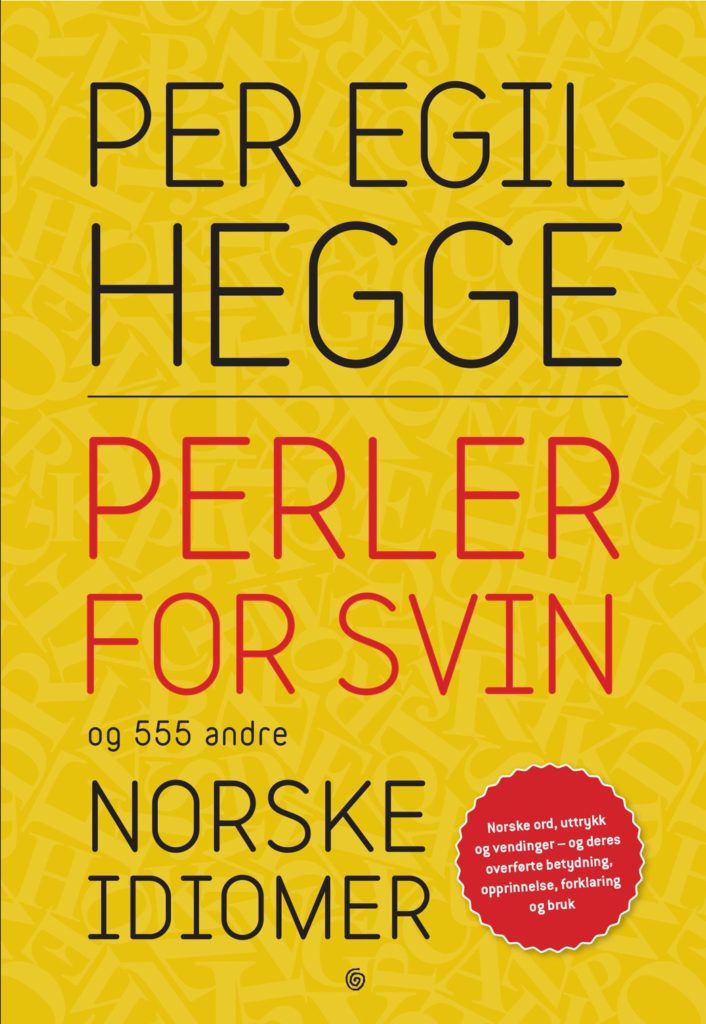
Good luck !

